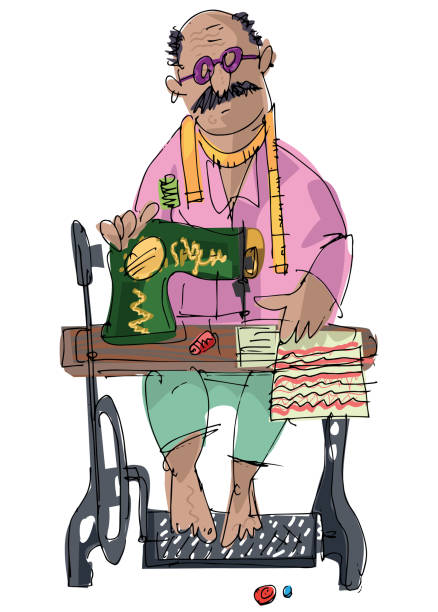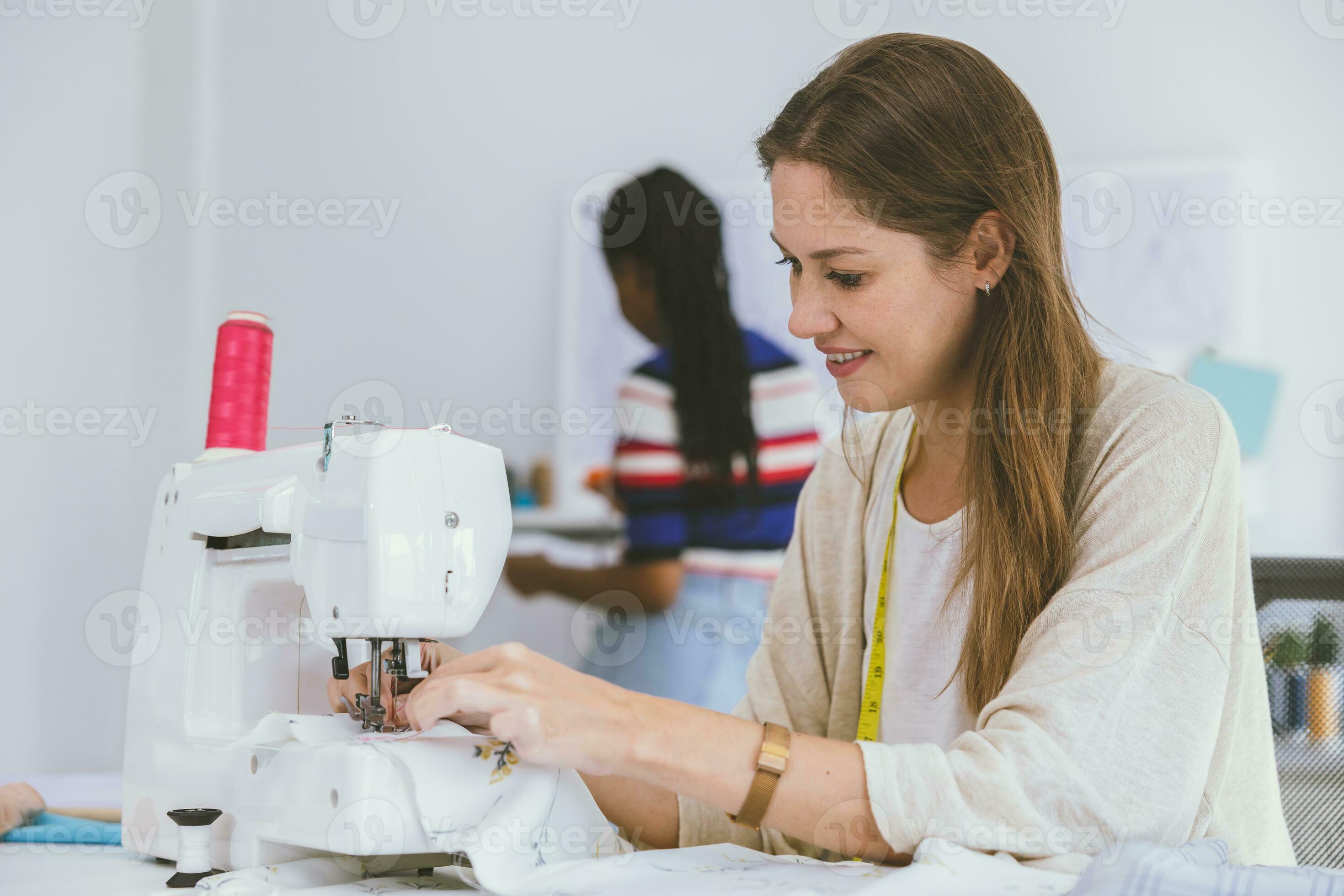Tailor Perth Professionals: Boost Your Fashion with Custom Tailoring
Tailor Perth Professionals: Boost Your Fashion with Custom Tailoring
Blog Article
Understanding the Tailoring Refine: From Material Choice to Last Fitting for the Suitable Closet
The customizing procedure is a complex interaction of art and science, beginning with the vital choice of material option and finishing in the specific modifications of final fittings. Each fabric kind brings distinct high qualities that influence not only the aesthetic allure yet additionally the garment's durability and suitability for numerous occasions.
Significance of Fabric Option
Selecting the ideal textile is critical in the tailoring procedure, as it straight affects the convenience, sturdiness, and general visual of the final garment (tailor perth). The selection of textile sets the structure for the garment's style, efficiency, and performance. Various materials possess distinct residential or commercial properties, such as breathability, stretch, and weight, which can substantially influence just how the garment drapes and fits the body
Additionally, fabric option influences the garment's durability and simplicity of care. High-grade textiles can withstand damage, preserving their look and structure in time, while lower-quality materials may cause pilling or fading. In addition, the ideal material adds to the garment's capacity to transition throughout periods and events, thus enhancing convenience.
A customized item made from an ideal material not only showcases craftsmanship however additionally raises the wearer's confidence. Understanding the subtleties of material option is vital for any type of customizing venture. It guarantees that the final item not just meets the visual wishes of the client however also aligns with useful requirements, thus achieving a harmonious equilibrium in between type and function in the customized closet.
Kinds Of Fabrics and Their Usages
Recognizing the various sorts of materials available is essential for making educated decisions during the customizing process. Each material possesses distinct features that dictate its suitability for particular garments and occasions.
Its versatility enables it to be tailored into whatever from t shirts to gowns. Its natural flexibility aids garments preserve shape over time.
Silk emanates high-end and is lightweight, making it perfect for eveningwear and fragile blouses; nevertheless, it requires careful handling due to its delicacy. Linen, with its textured surface, is a prominent option for cozy environments, giving a crisp and ventilated feeling, but it wrinkles quickly, which might influence the garment's appearance.
Artificial textiles, such as polyester and nylon, offer sturdiness and resistance to creases, making them suitable for day-to-day wear and energetic clothes. Understanding these textile kinds and their buildings permits better decision-making, ensuring that each tailored item not just fits well but also lines up with the designated objective and occasion.
The Tailoring Strategies Described
The art of customizing counts on a variety of strategies that transform material right into well-fitted garments. Central to this procedure is pattern drafting, where a dressmaker develops design templates based upon the client's dimensions and desired design. This preliminary step makes certain that the garment will fit the wearer properly prior to any cutting happens.
Once patterns are established, cutting strategies enter play. Precision is vital as inaccuracies can bring about misfitting garments. Tailors frequently utilize different cutting approaches, such as single-layer cutting for intricate layouts and multiple-layer cutting for efficiency on typical patterns.
Basting is one more vital technique, allowing tailors to momentarily sew material assemble for an initial installation. This technique provides the opportunity to assess the drape and overall silhouette before last stitching.
Seaming methods, consisting of french seams and flat-felled joints, improve the garment's longevity and aesthetic charm. Tailors additionally use strategies such as interfacing and extra padding to give framework and form to details areas, like collars and shoulders.
Finally, completing strategies, including hemming and side ending up, ensure Homepage the garment's durability while offering a go to the website refined look. With each other, these methods create the backbone of reliable tailoring, causing elegant, tailor-made apparel.
Suitable Adjustments and Considerations

Key factors to consider consist of the shoulder fit, which ought to neither sag nor limit movement, and the sleeve length, which must enable for comfortable arm activity while keeping a sleek look. Additionally, modifications at the waist can refine the shape, with choices to allow out or take in textile as required.
The surge of pants is one more essential aspect; it needs to sit conveniently above the hips without triggering pain, permitting for simplicity of movement. Hemming lengths for both pants and skirts must show the user's recommended design while appreciating percentages.

Keeping Your Tailored Apparel
Constantly follow the treatment tag instructions, which might suggest dry cleaning for delicate materials or equipment washing for even more sturdy products. Prevent frequent laundering, as this can put on down the textile and modify the garment's form.
Storage is just as important; navigate to these guys usage cushioned wall mounts for layers and coats to preserve shoulder structure, and shop trousers folded neatly or hung to stop creasing. Safeguard garments from direct sunshine, which can fade shades and damage fibers.
Additionally, regular inspections for minor repair services can protect against bigger concerns. Look for loosened switches, fraying joints, or signs of moth damages, dealing with these issues immediately to preserve the garment's stability.
Lastly, think about seasonal turning. Wearing customized pieces in moderation permits textiles to recoup, extending their life-span. By implementing these maintenance strategies, you can make certain that your tailored garments continue to be as pristine as the day you initially wore them, boosting your optimal wardrobe for years to come.
Verdict
The customizing procedure, including textile selection, experienced methods, and precise suitable modifications, plays a critical duty in developing garments that enhance both comfort and style. Each phase adds to the total efficiency of the final item, making certain that garments not only fits well however likewise shows individual identification. Recognizing the importance of maintenance expands the life of tailored garments, solidifying their worth in a well-curated wardrobe. A thorough approach to tailoring finishes in a confident and refined look.
Selecting the best textile is essential in the customizing procedure, as it directly influences the comfort, toughness, and general visual of the last garment. The option of textile establishes the foundation for the garment's performance, functionality, and style. Various textiles have distinct residential properties, such as stretch, weight, and breathability, which can substantially affect how the garment drapes and fits the body.
The art of customizing depends on a selection of techniques that change textile into well-fitted garments.The customizing process, encompassing textile choice, competent methods, and precise suitable adjustments, plays a crucial function in producing garments that improve both comfort and style.
Report this page